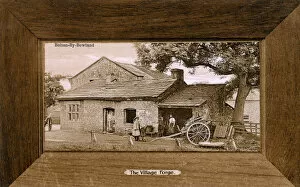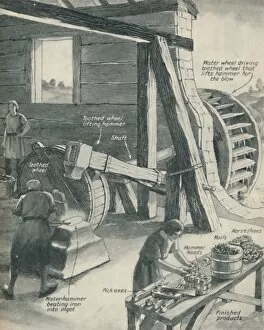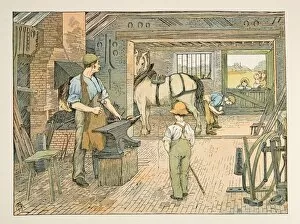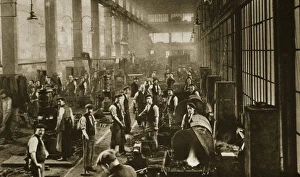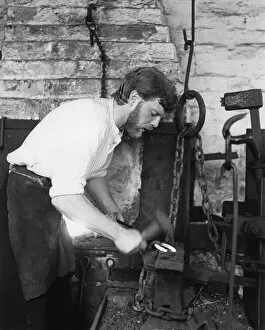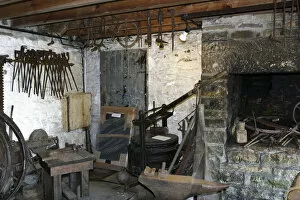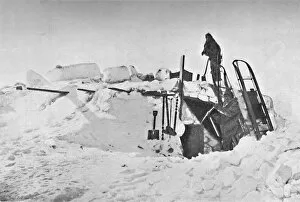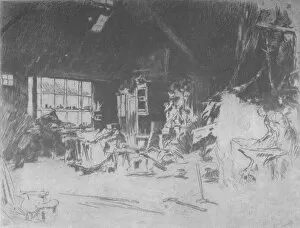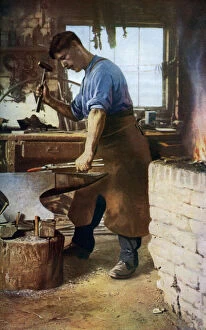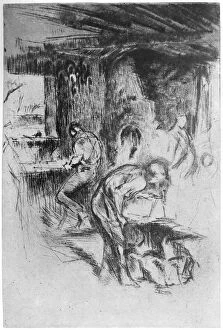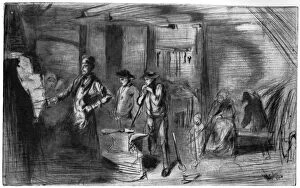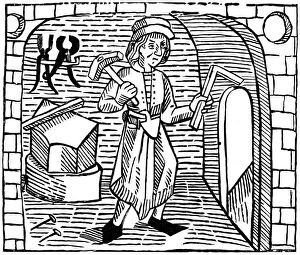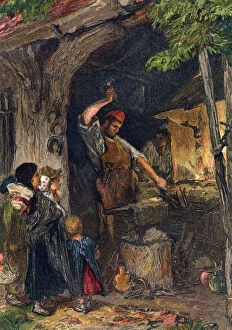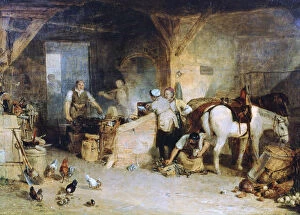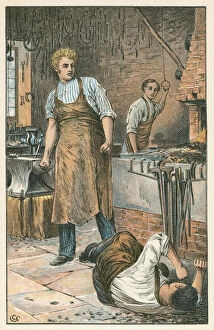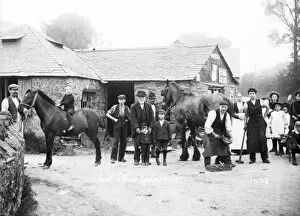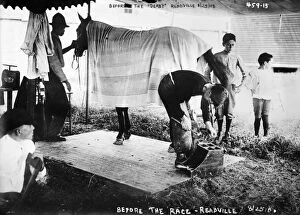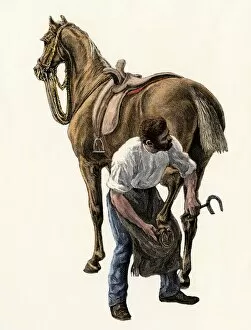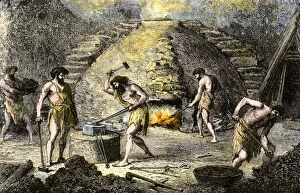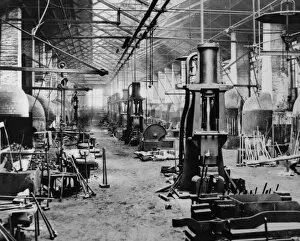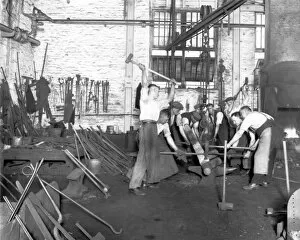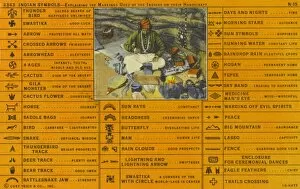Smithy Collection (page 5)
"Smithy: A Journey Through Time and Craftsmanship" Step into the historic Gretna Green Building in Herm, Channel Islands
All Professionally Made to Order for Quick Shipping
"Smithy: A Journey Through Time and Craftsmanship" Step into the historic Gretna Green Building in Herm, Channel Islands, and you'll find yourself transported back to a bygone era. This charming cottage was once home to skilled blacksmiths who dedicated their lives to the art of metalwork. As you wander through the quaint village, you can't help but notice the La Rosiere Steps leading up to a traditional forge. The rhythmic clanging of hammers against anvils fills the air as blacksmiths skillfully shape molten iron into works of art. A glimpse into history reveals a captivating scene captured on canvas - "The Iron Forge Viewed from Without. " Painted in the 1770s, this masterpiece showcases the bustling activity surrounding a busy smithy. Fast forward to more recent times, and we witness a blacksmith diligently shoeing a majestic Metropolitan Police horse. The dedication and precision required for such an important task are evident in every stroke of his hammer. In another corner of London, we encounter a Cockney Blacksmith in 1932. His rough hands tell tales of hard work and perseverance as he continues an age-old tradition passed down through generations. Beyond these local scenes lies an international icon - Sir Charles Edward Kingsford Smith. Known for his pioneering aviation feats, he too relied on skilled craftsmen like farriers to ensure his planes were ready for takeoff. Traveling across borders brings us to Le Creusot's factories in France during the mid-19th century. These industrial powerhouses employed countless workers who honed their skills within these walls, contributing greatly to society's progress. But amidst all this historical significance lies moments of leisurely escape. Hiking at Adversane [Billingshurst] in August 1938 offers respite from daily routines while showcasing nature's beauty alongside man-made craftsmanship.

